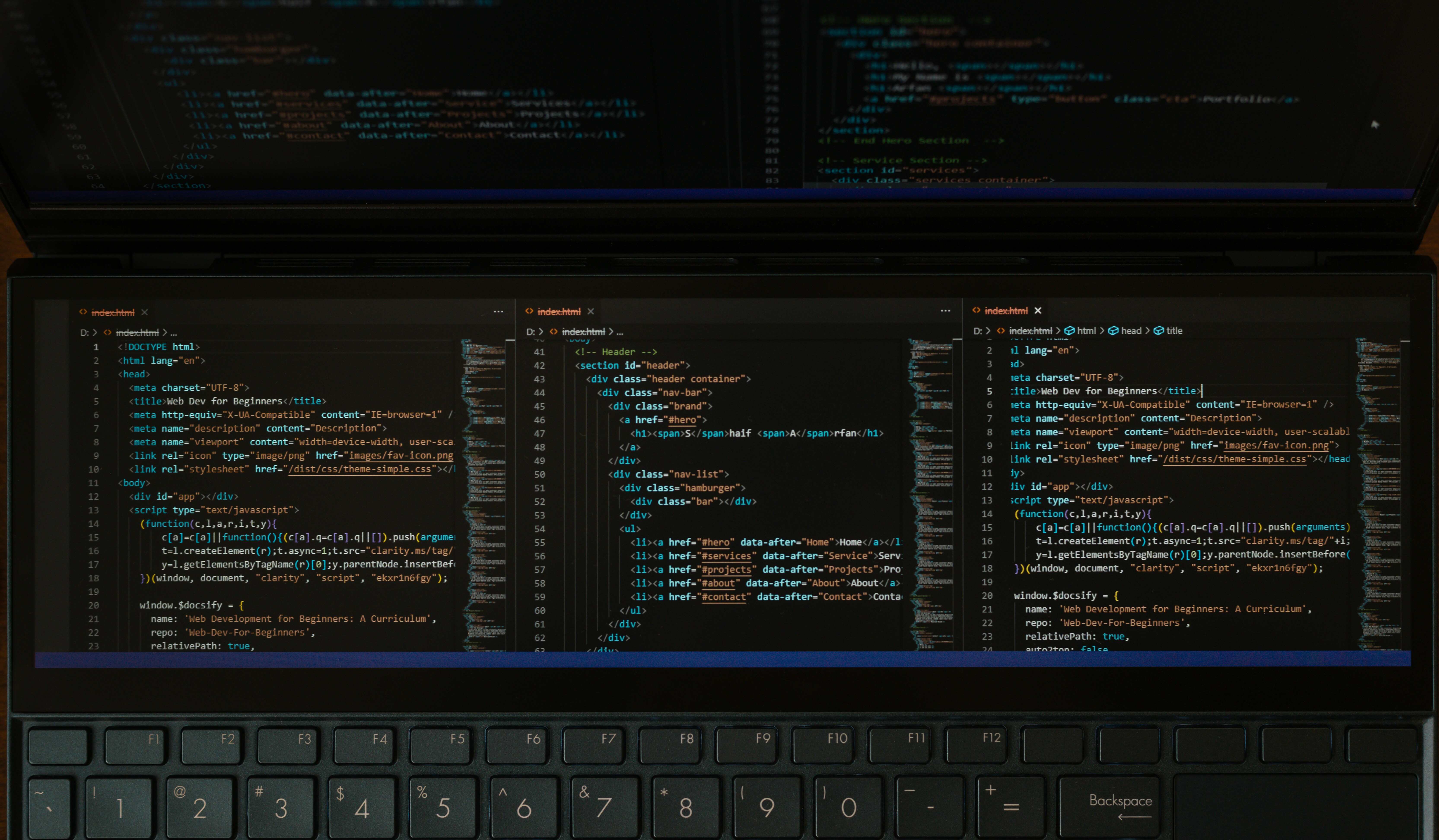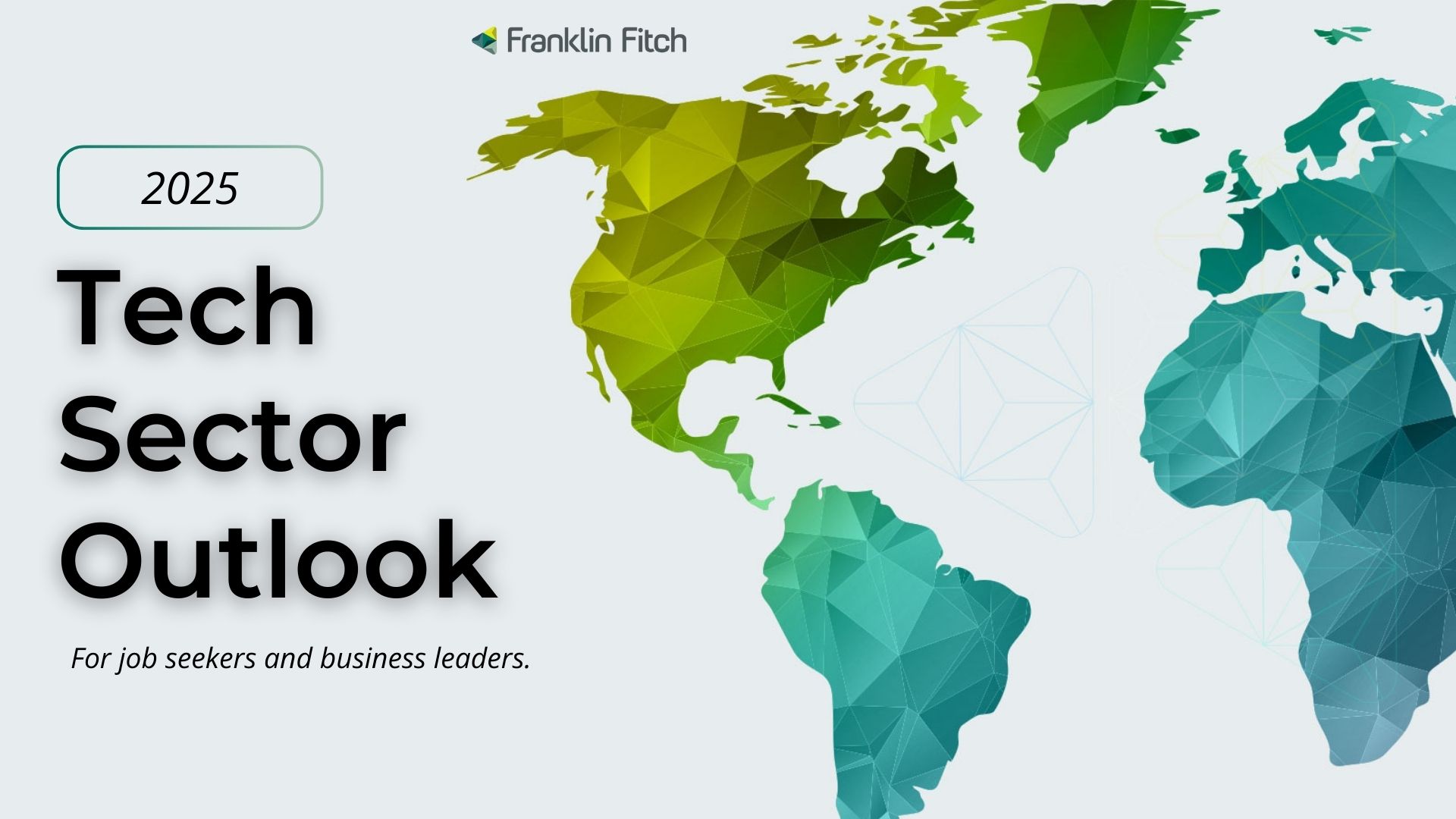
Embracing Neurodiverse Talent: A Guide To Inclusive Hiring In The Workplace
22 Mar, 20225 minutesEfforts to increase diversity in the tech industry are missing a critical element if neurodi...

Efforts to increase diversity in the tech industry are missing a critical element if neurodiverse hiring practices are not included.
According to, 72% of HR professionals said neurodiversity was not included in their people management practices, and 17% said they didn't know if it was. This untapped talent market exists primarily as a result of a lack of awareness and comprehension of neurodiversity.
There is a lot of ambiguity in the terminology. The term "neurodiversity" refers to people who have certain neurological conditions or who are on a neurodiverse spectrum. Autism spectrum disorder, dyslexia, dyspraxia (a neurologically based physical disorder), social anxiety disorders, and other conditions fall into this category. People on the neurodiverse spectrum frequently struggle with social interaction and communication in the same way that a neurotypical person would, but many people with these 'disorders' also have above-average abilities, often in areas such as pattern recognition, concentration, memory, or mathematics.
However, when compared to other minority groups, neurodivergent individuals are frequently overlooked, and this problem exists across multiple conditions and on a global scale. Embracing neurodiverse talent is not just about meeting a social responsibility; it's a strategic move that can lead to innovation, improved problem-solving, and a stronger, more resilient workforce.
How can neurodiverse talent benefit a company's workforce?
Neurodivergent candidates are hardwired to think outside the box and are gifted with skills required for digital success. People with ADHD, for example, have exceptional focus and problem-solving abilities. Autistic people, on the other hand, are meticulous and have higher analytical thinking abilities.
Organizations can reap significant benefits from encouraging neurodiversity in terms of innovation, creativity, and thought diversity. It can also benefit neurotypical employees by allowing them to grow and prosper in a variety of ways.
The Benefits of Neurodiverse Talent
- Innovation: Neurodiverse individuals often possess unique ways of thinking, allowing them to approach challenges from unconventional angles. This diversity of thought can lead to innovative solutions and drive creativity within teams.
- Problem-Solving: Different perspectives and cognitive styles enhance problem-solving capabilities. Neurodiverse individuals bring fresh insights that can help overcome complex challenges and find efficient solutions.
- Attention to Detail: Many neurodiverse individuals have keen attention to detail, making them valuable assets in roles that require precision and accuracy, such as data analysis, quality control, and research.
- Dedication and Loyalty: Neurodiverse individuals tend to be highly dedicated to their work and display strong loyalty to employers who provide a supportive and inclusive environment.
- Increased Productivity: When given tasks that align with their strengths, neurodiverse employees can excel and contribute significantly to a company's productivity and success.
Inclusive Hiring Practices for Neurodiverse Talent
- Education and Awareness: Provide training to your hiring teams about neurodiversity, dispelling misconceptions, and fostering understanding. Educated recruiters are better equipped to identify and appreciate neurodiverse candidates' strengths.
- Language and Job Descriptions: Use inclusive language in job descriptions to encourage neurodiverse candidates to apply. Highlight the company's commitment to diversity and inclusion.
- Flexible Interview Formats: Recognize that traditional interview formats may not accurately assess the potential of neurodiverse candidates. Offer alternative interview options, such as skills assessments or project-based evaluations.
- Structured Interviews: Use structured interview questions that focus on skills and job-related competencies. This helps ensure fair and consistent evaluations.
- Accommodations: Be open to discussing potential accommodations during the interview process and in the workplace. Simple adjustments can create a more inclusive environment for neurodiverse individuals.
- Mentoring and Support: Pair neurodiverse employees with mentors who can provide guidance and support. This can help them navigate the workplace and reach their full potential.
- Employee Resource Groups: Establish resource groups that provide a platform for neurodiverse employees to connect, share experiences, and contribute to company initiatives.
Creating an Inclusive Workplace
- Diversity and Inclusion Initiatives: Develop and promote diversity and inclusion initiatives that celebrate neurodiversity. Showcase success stories and create awareness campaigns to foster an inclusive culture.
- Training and Sensitivity Programs: Conduct regular training sessions for employees to enhance awareness and sensitivity towards neurodiverse colleagues. This can create a more empathetic and supportive work environment.
- Flexible Work Arrangements: Offer flexible work arrangements that accommodate the needs of neurodiverse employees, allowing them to thrive in their roles.
- Clear Communication: Provide clear communication channels and guidelines to ensure that all employees, regardless of neurodiversity, understand expectations and tasks.
- Continuous Feedback: Implement regular feedback mechanisms to ensure that neurodiverse employees feel heard and valued. This can also help identify areas for improvement in the workplace.
How can organizations alter their hiring processes to attract neurodiverse talent?
Traditional hiring, employment, and workplace management models have a flaw in their design: they are centered on neurotypical people. A traditional job interview can be problematic because it favors neurotypical candidates while automatically excluding neuro minorities. You may struggle to understand social norms and nonverbal communication if you have a neurodivergent condition such as autism or dyspraxia. Autistic people are also prone to sensory processing issues, which makes a panel interview difficult to navigate because the candidate must focus on multiple people's verbal and nonverbal communication at the same time.
The interview process can also be modified to create a welcoming environment for neurodiverse candidates. Instead of a panel of interviewers, you could, for example, conduct a series of sequential interviews with one interviewer at a time. The interviewer can give candidates extra time before and after the interview to settle in and have the best opportunity to demonstrate their technical knowledge and communication skills. In addition, an external job coach can help [candidates] prepare for interviews and provide support throughout the hiring process — and even afterward.
What are some effective strategies for creating an inclusive environment for neurodiverse candidates?
It is critical to educate neurotypical employees on the dos and don'ts of communicating with neurodiverse employees. Managers and team members must be trained in advance in order to get the most out of neurodivergent individuals. Greater education and understanding of our cognitive differences will not only help to dispel some of the misconceptions but will also encourage neurodiverse employees to feel more comfortable opening up to their employers and make it easier for managers and colleagues to understand the type of support they require.
Inclusion can also be seen from the standpoint of physical space in the office. According to the research, neurodiverse people are more sensitive to noise, smell, light, and crowded places. As a result, placing their workstations in less congested and dimly lit areas of the office can boost their productivity. Organizations can also provide noise-canceling headphones to their neurodiverse employees to create a distraction-free environment.
When communicating with a neurodiverse individual, managers and team members should be clear, concise, and complete. They should avoid asking open-ended questions and be specific about who needs to do what by when. It is also preferable to use literal expressions rather than metaphors or ambiguous messages.
Final Remarks
Creating a neurodiverse-friendly hiring process and workforce will require hiring managers and employees to take a step back, remove assumptions and communicate in a new way. The bottom line is that inclusion is worth the extra effort and ultimately companies are missing a critical element if neurodiverse hiring practices are not included.
Hiring and embracing neurodiverse talent is a powerful step toward building a stronger, more innovative, and inclusive workforce. By recognizing the unique strengths that neurodiverse individuals bring to the table and implementing thoughtful hiring and workplace practices, companies can create an environment where everyone can thrive and contribute their best. As businesses continue to evolve, those that champion neurodiversity will stand out as leaders in fostering creativity, innovation, and collaboration.
At Franklin Fitch we are committed to raising awareness and tackling biases towards diversity & inclusion matters within IT infrastructure. If you’d like to know more about hiring neurodiverse talent, feel free to get in touch and we can point you in the right direction.






